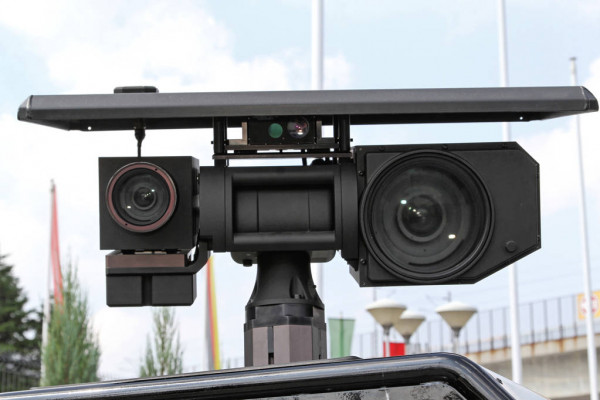
Border management is a security function requiring cooperation and rigorous action by various government agencies. The purpose of border management is to secure the borders and protect the nation from threats, and in turn unleash the commercial potential..
Border management encompasses multiple aspects and can include, but is not limited to, regulating legal and illegal immigration, allowing for the safe and secure movement of authorized people and goods, and preventing human trafficking, infiltration and smuggling. Border management is an integral part of security and requires proactive intelligence, inclusion of technological advances, and coordinated action by the nation's bureaucrats, economic agencies, security personnel, and other stakeholders.
Border management encompasses multiple aspects and can include, but is not limited to, regulating legal and illegal immigration, allowing for the safe and secure movement of authorized people and goods, and preventing human trafficking, infiltration and smuggling. Border management is an integral part of security and requires proactive intelligence, inclusion of technological advances, and coordinated action by the nation's bureaucrats, economic agencies, security personnel, and other stakeholders.
The Comprehensive Integrated Border Management System (CIBMS) is a five-tiered security system for border management with the goal of implementing the D4R2 (Deter, Detect, Discriminate, Delay, Respond, Recover) principle at the border. CIBMS uses low-light video surveillance cameras, thermal imaging, night vision devices (NVDs), surveillance radar, laser beams, and subsurface surveillance sensors to detect infiltration by land, underwater, air, and in tunnels. It includes the integration of manpower, sensors, networks, intelligence, and command and control solutions to improve situational awareness at various levels of the border guard force hierarchy to facilitate rapid, informed decision making and rapid response to emerging situations.



